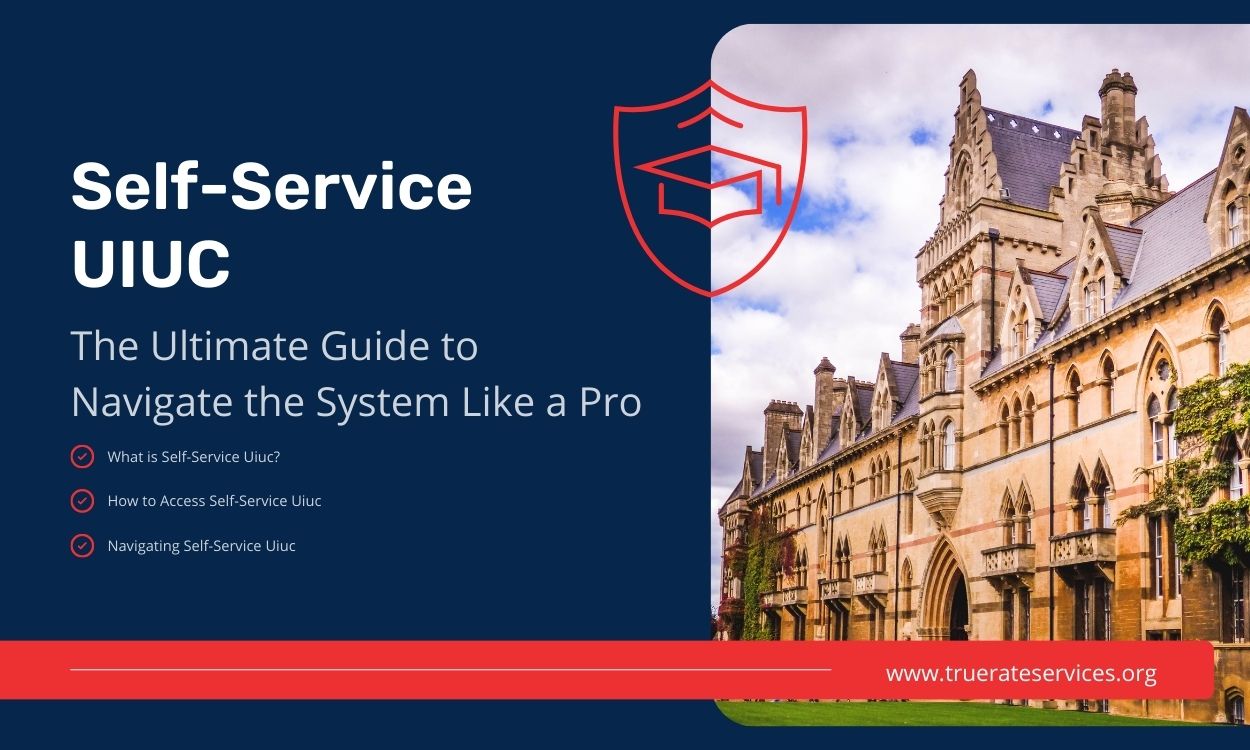It’s not uncommon to hear people complaining about the poor user experience of some B2B (Business-to-Business) and enterprise uiuc self service. Often, such applications are hastily put together by an internal team in response to an urgent business need. In other cases, employees have to use a disparate array of applications sourced from multiple suppliers and lacking any commonality in design.
Both suppliers and IT departments will sometimes think that poor user experience isn’t such a big issue: employees are a “captive audience” and have to use certain applications as part of their work. However, with people now getting exposed to better designed and easy to use websites in their personal time, they’re having higher expectations of the applications they use at work. Poorly designed applications, apart from causing productivity losses, may also lead employees to use unauthorised workarounds. In some cases, such workarounds can lead to data loss or compromise of security.
We always recommend conducting solid user research before starting to design any website or application. This is even more important in a business environment, where requirements can be complicated and designers will be faced with unfamiliar domains. Often requirements will be collected by management and passed on to the designers. This carries several risks, not least that how employees actually work is not always how their management thinks they work.
The research method of contextual enquiry advocates talking directly to potential users of an application, and visiting their workplace in order to understand the full context of their work. Such research can help uncover: Enterprise applications have a more than average proportion of ‘expert’ users, i.e. users who use the application frequently in their day-to-day work and thus become very familiar with it. This means that users may take the time to learn more complex interactions, and will appreciate if such interactions make their life easier.
However, it’s important that enterprise applications accommodate novice users as well. New employees using an application for the first time, or other occasional users must be offered clear, simple journeys. These journeys should focus on executing key tasks quickly and hide the complexities that only expert users will appreciate. Doing so will help eliminate the need for training new users and re-training infrequent users, thus saving time and money.
If it’s annoying to have to use a website once that doesn’t work the way you want, imagine having to do this every day. The problem is, no matter how many potential users you talk to, there’s always going to be a variation in the way people think and work. It’s important to recognise this variation, and allow users of your application to customise how it works.
For example, consider providing a personalised home screen where people can add their own shortcuts and views of information. If your application features a search facility, where users may spend time composing a complex set of search criteria, you should also think about allowing them to save these searches so they can repeat them later.
However, don’t overdo it with customisation. If you find that you need to make most aspects of an application customisable, it may mean that you’re not really certain of users’ needs. Besides, users are likely to take some time before they start fully understanding and customising an application they use, so sensible defaults still need to be provided for novice users.


